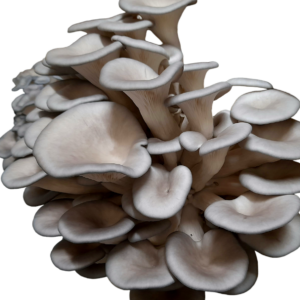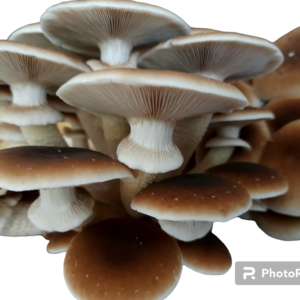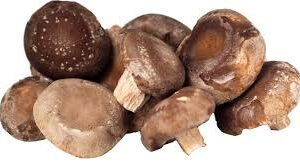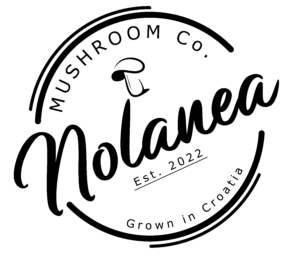The chestnut mushroom (Pholiota adiposa), also called the cinnamon-cap mushroom, is a delicious edible mushroom with a unique nutty flavor and firm texture. The name Pholiota comes from the Greek terms meaning “scaly” and “cap”, referring to the scales visible on the caps of mature mushrooms. Their common name “chestnut” comes from the characteristic chestnut-brown color of the caps when the mushrooms are fully ripe.
Chestnut mushrooms still grow in the wild throughout North America, Europe, and Asia, thriving on rotting hardwood logs and stumps. However, modern breeding techniques have allowed chestnut mushrooms to develop into a reliably cultivated crop. In the wild, chestnut mushrooms grow in clusters.
Chestnut mushrooms, with their earthy, nutty flavor, are a delicious addition to many dishes. Their texture also lends itself well to cooking methods like braising, making them suitable for a variety of dishes.
Chestnut mushroom contains a number of vitamins, phytochemicals, and minerals. It is particularly rich in copper and vitamin B5, but you will also add folate, biotin, vitamin B3, selenium, potassium and vitamin B2 to your diet when you eat chestnut mushrooms. Many elements in chestnut mushrooms have medicinal value: it is said to have anti-inflammatory, antifungal, antibiotic and antitumor properties. Additionally, this type of mushroom may be useful in slowing the progression of osteoporosis.
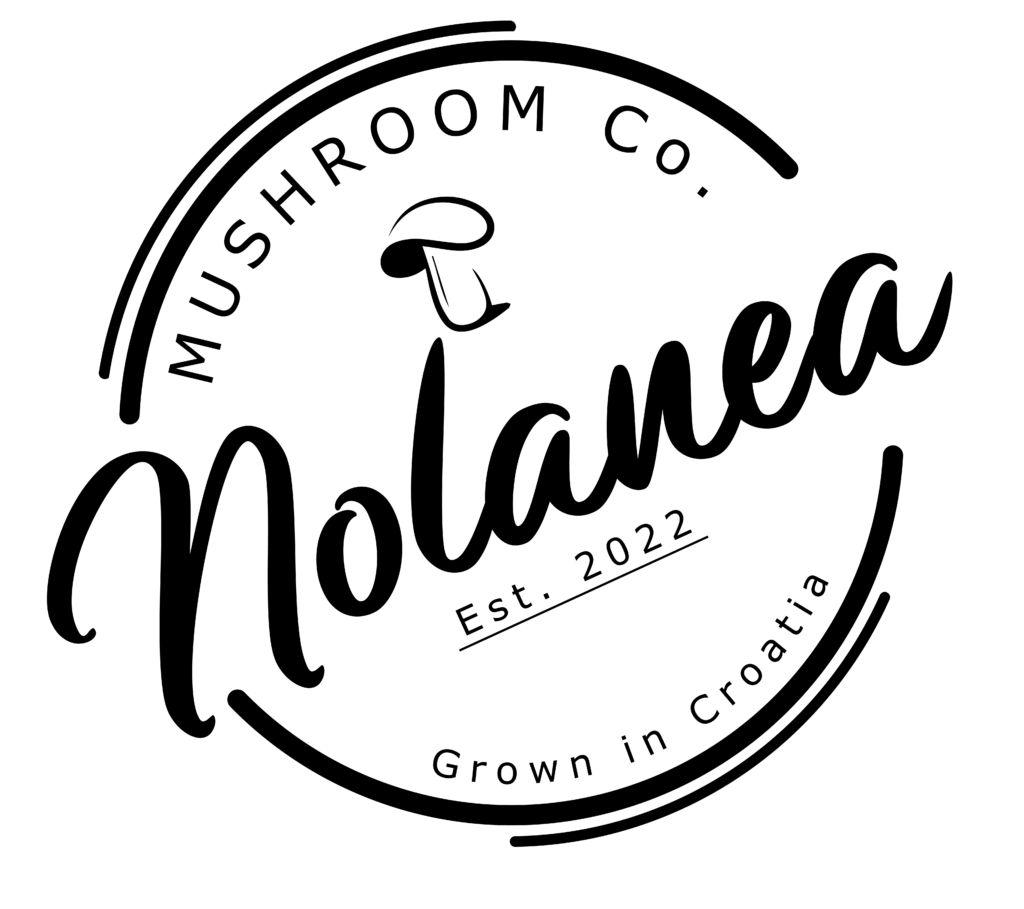
![PhotoRoom-20231205_195820[1]](https://nolanea.eu/wp-content/uploads/2023/12/PhotoRoom-20231205_1958201-1.png)
